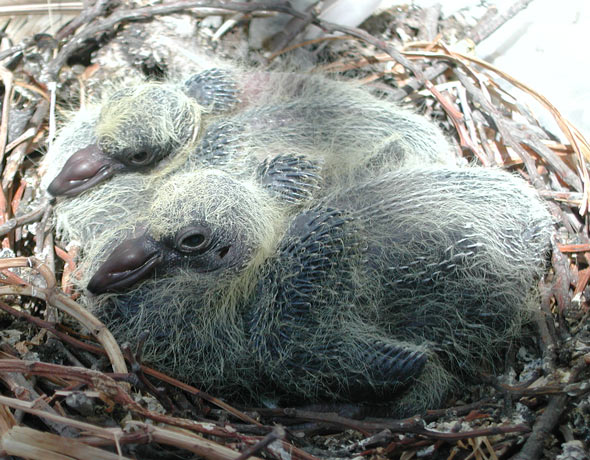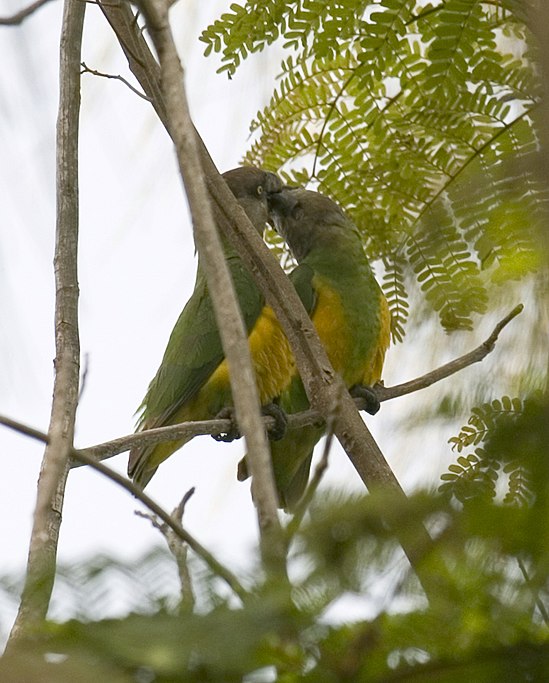This is the first in a new series of what I’ll call “Myth-Buster Articles”, which will focus on beliefs or practices that have aroused debate among bird keepers. After reviewing the available research and my own and other’s experiences, I will attempt to sort fact from fiction. Today I’ll compare the “pet value” of hand-reared, parent-reared and “co-parented” parrots.
General Considerations
“Hand-reared” refers to chicks that are pulled from the nest soon after hatching and fed by hand until fledged. Such birds have long been considered to be the gold standard in parrot pet. However, behavioral problems that are sometimes exhibited by hand-reared individuals have led some to question the value of this technique. Read More »
 That Bird Blog – Bird Care and History for Pet Birds
That Bird Blog – Bird Care and History for Pet Birds


